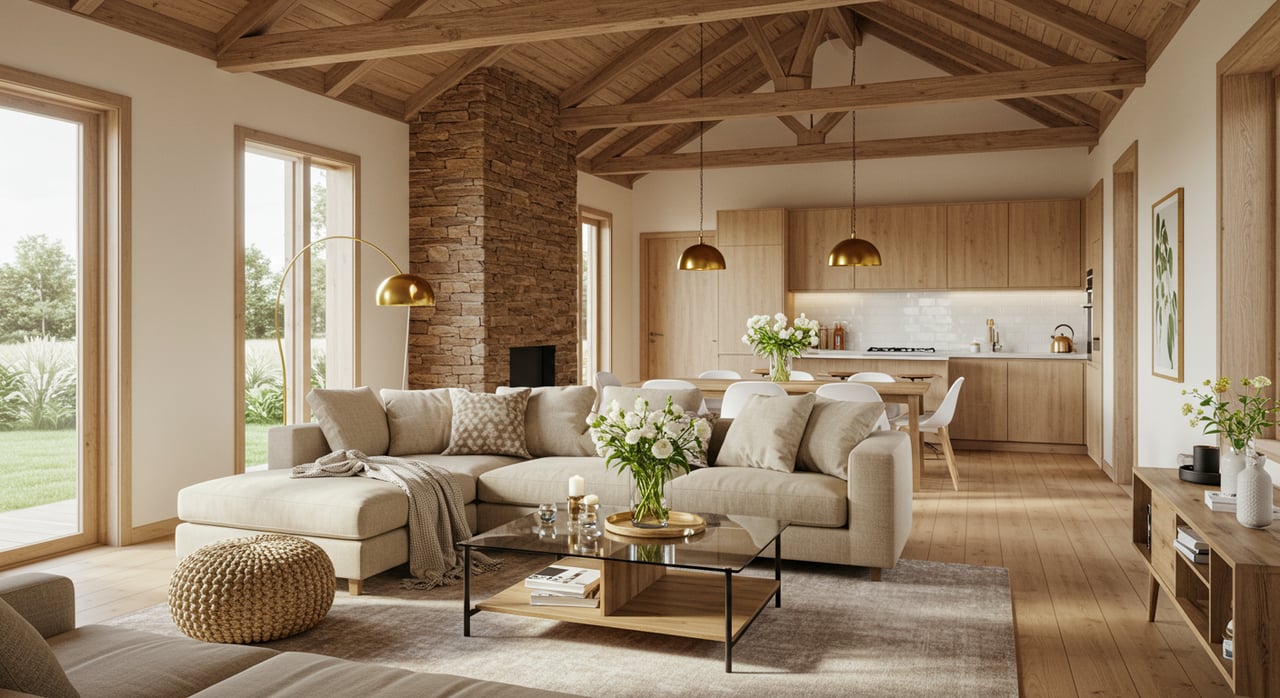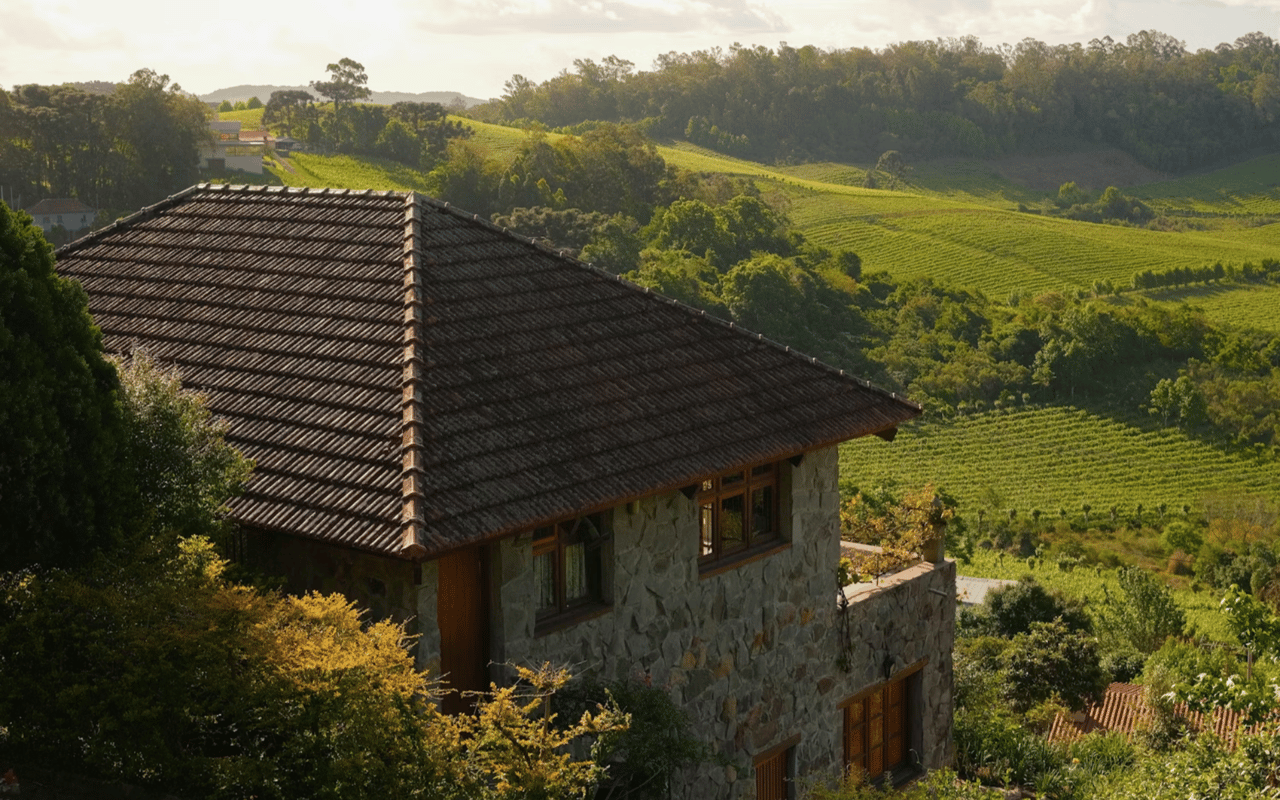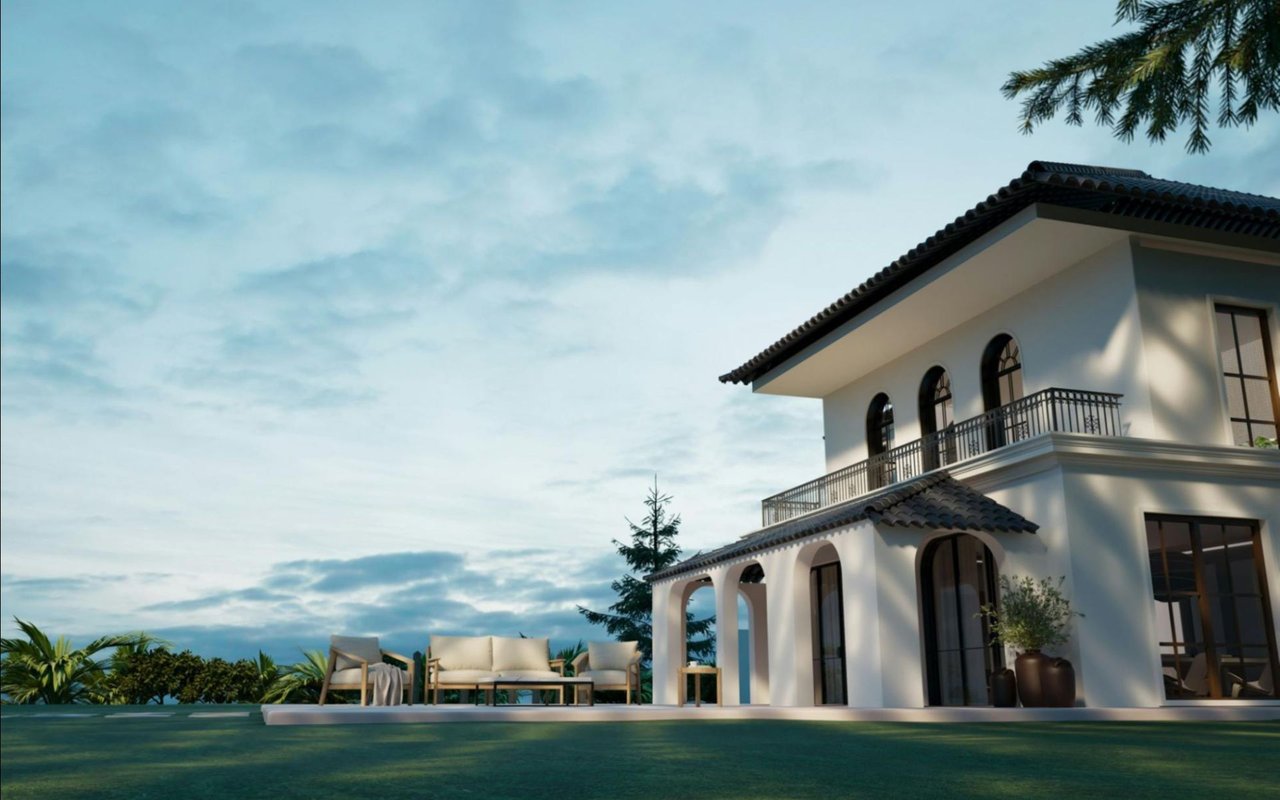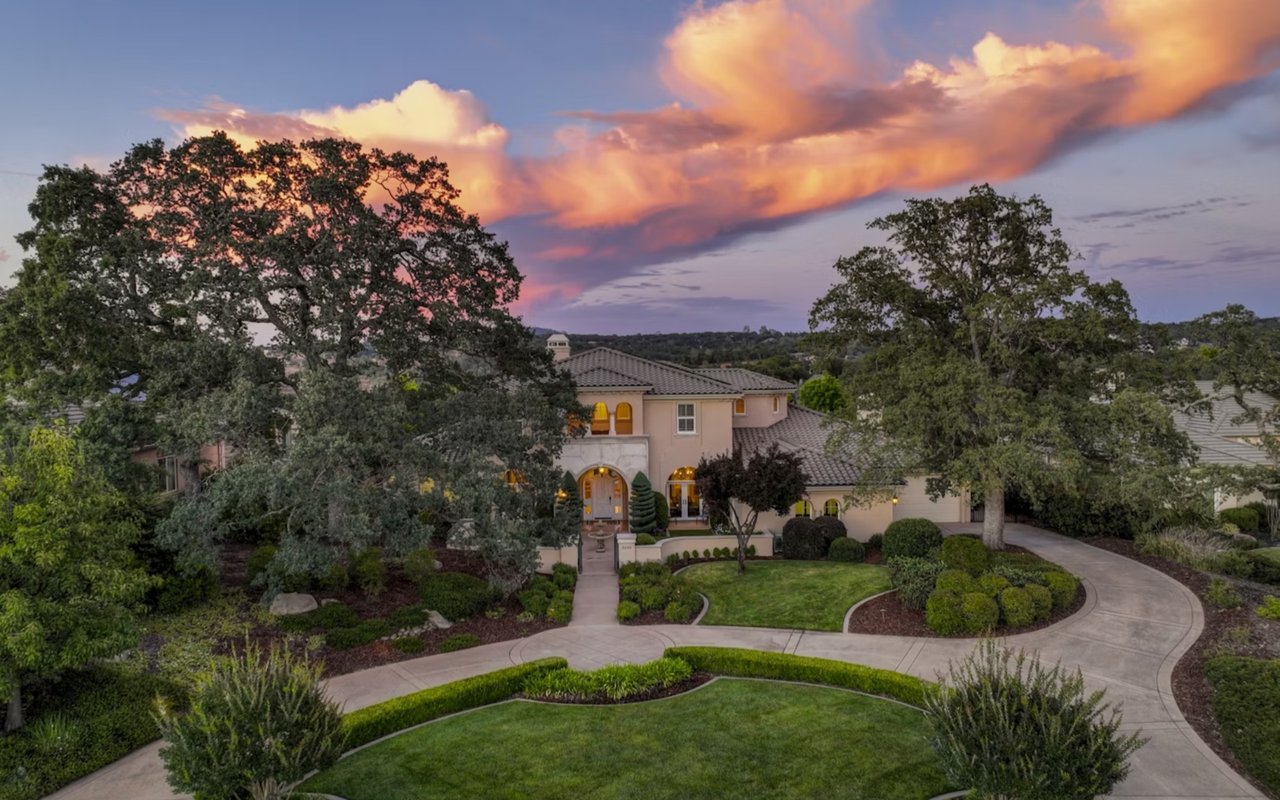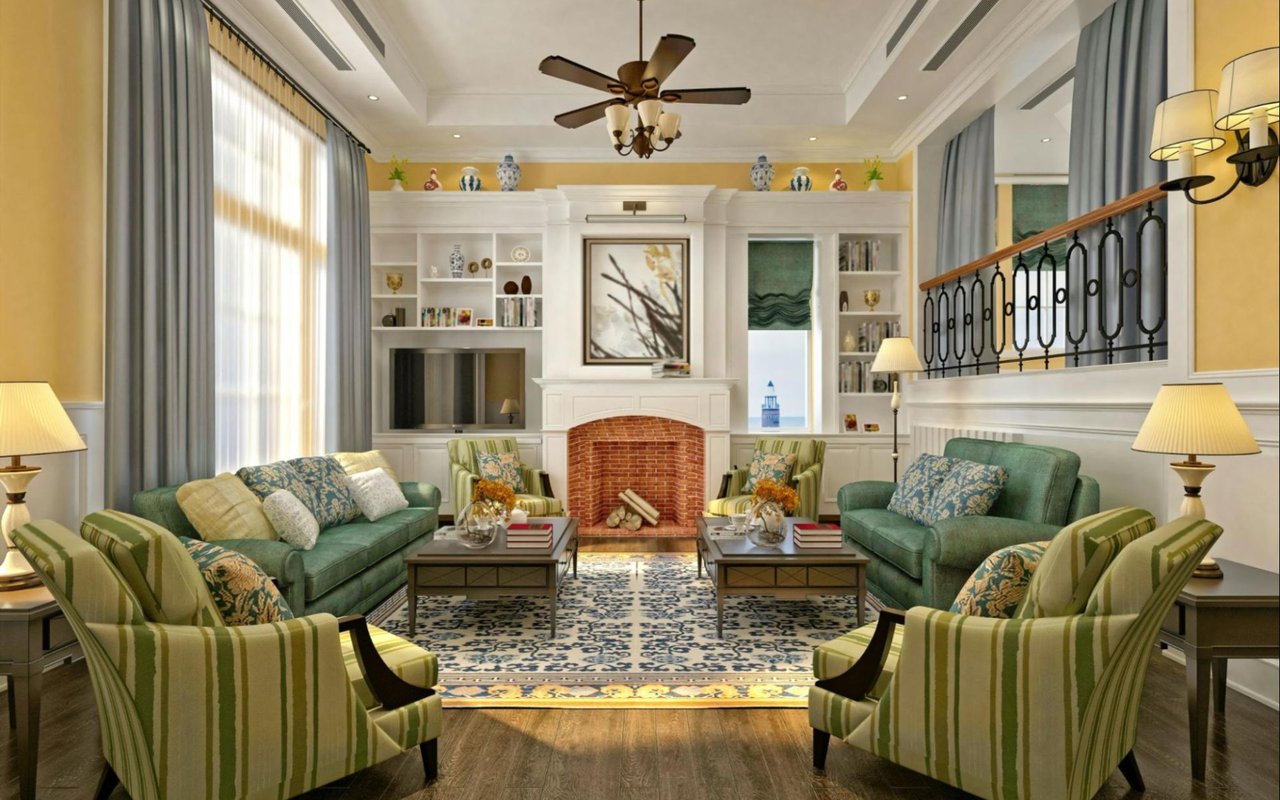Decorating a historic home can be a rewarding endeavor that combines the charm of the past with modern comforts. A thoughtful approach is essential to maintain the architectural integrity while creating a functional and aesthetically pleasing environment.
Jeff Earl Warren presents some guidelines and ideas to help you decorate a historic home with respect and creativity.
Understand the Historical Context
Before embarking on any decorating project, it's crucial to understand the historical context of the home. Researching the architectural style, period details, and original materials used can provide valuable insights. This knowledge will guide your choices in furnishings, color schemes, and decorative elements, ensuring that they align with the home's character.
For example, a Victorian home might feature ornate woodwork and elaborate moldings, while a mid-century modern house would have cleaner lines and minimalist details. Understanding these distinctions helps in making informed decisions that honor the home's origins.
Preserve Original Features
One of the most significant aspects of decorating a historic home is preserving its original features. These elements are often what make the home unique and give it its historic charm.
Woodwork and Moldings
Preserve original woodwork and moldings whenever possible. If they need repair, seek out craftsmen who specialize in historic restorations to ensure the work is done correctly. Repainting or refinishing can refresh these elements while keeping their original look intact.
Flooring
Original flooring, such as hardwood or tiles, should be restored rather than replaced. Sanding and refinishing old wood floors can bring them back to life. If parts of the flooring are damaged beyond repair, consider salvaging materials from other historic properties to maintain authenticity.
Windows and Doors
Historic windows and doors add character and are often made from high-quality materials not found in modern counterparts. Repairing rather than replacing these elements preserves the aesthetic and functional qualities of the home. If energy efficiency is a concern, consider adding storm windows or using weatherstripping to improve insulation without compromising the original design.
Choose Period-Appropriate Furnishings
Selecting period-appropriate furnishings is key to creating a cohesive look in a historic home. Antique or reproduction furniture that matches the era of the house can enhance its historic appeal.
Antique Furniture
Investing in antique furniture can add authenticity to your decor. Pieces such as Victorian settees, Art Deco chairs, or mid-century modern tables can complement the home's architecture. Look for furniture with similar lines and detailing to the original period.
Reproduction Furniture
Reproduction furniture offers the look of antiques without the high cost or fragility. Many manufacturers specialize in creating pieces that mimic historical designs, allowing you to furnish your home in a way that feels authentic and durable.
Mix Old and New
While period-appropriate furnishings are important, mixing in some contemporary pieces can create a balanced and functional living space. Modern sofas, light fixtures, and artwork can provide contrast and prevent the decor from feeling like a museum. The key is to ensure that these modern elements complement rather than overpower the historic features.
Utilize Appropriate Color Schemes
Color plays a vital role in historic home decor. The right palette can highlight architectural details and create a cohesive look.
Historical Paint Colors
Research historical paint colors that were popular during the period when your home was built. Many paint manufacturers offer lines specifically designed for historic homes, making it easy to find colors that match the original palette.
Complementary Colors
Use complementary colors to highlight architectural features. For example, a soft cream on the walls can make intricate woodwork stand out, while a bold accent color can draw attention to unique details.
Wallpaper
Wallpaper can be an excellent way to add period-appropriate patterns and textures. Look for designs that reflect the home's era, whether it's floral patterns for a Victorian house or geometric designs for an Art Deco home. Wallpaper can be used on an accent wall or in smaller spaces like foyers and powder rooms for added impact.
Incorporate Historic Textiles and Accessories
Textiles and accessories are the finishing touches that bring historic home decor to life.
Curtains and Drapes
Choose curtains and drapes that reflect the period style. Heavy, ornate drapes work well in Victorian homes, while simple, streamlined window treatments suit mid-century modern houses. Fabrics like silk, velvet, and linen can add a luxurious touch.
Rugs
Antique or reproduction rugs can anchor a room and add warmth. Persian rugs, Oriental rugs, or period-specific designs like Arts and Crafts or Aubusson can complement the decor.
Decorative Accessories
Incorporate decorative accessories that enhance the historic theme. Antique mirrors, period-specific lighting fixtures, and vintage artwork can add character and charm. Don't forget to include personal touches like family heirlooms or collectibles that reflect your own history and interests.
Modern Comforts in a Historic Setting
While preserving the historic integrity of the home is crucial, it's also important to incorporate modern comforts. Smart home technology, energy-efficient appliances, and modern plumbing and electrical systems can be integrated discreetly to maintain the home's historic appearance while providing contemporary functionality.
Kitchen and Bathroom Updates
Updating kitchens and bathrooms for modern use is often necessary. Choose materials and fixtures that blend with the home's style, such as farmhouse sinks in a Victorian home or sleek cabinetry in a mid-century modern house. Retain any original features, like vintage tile or cabinetry, whenever possible.
Climate Control
Implementing modern climate control systems can improve comfort. Opt for solutions that minimize visual impact, such as ductless mini-split systems or retrofitting existing radiators.
Bring Your Historic Home Vision to Life with Jeff Earl Warren
Decorating a historic home requires a delicate balance between preserving the past and embracing the present. By understanding the historical context, preserving original features, choosing period-appropriate furnishings, utilizing appropriate color schemes, and incorporating historic textiles and accessories, one can create a home that honors its heritage while providing modern comforts. This thoughtful approach ensures that the home's character shines through, creating a unique and inviting living space.
Ready to transform your historic home into a beautifully preserved and functional living space?
Jeff Earl Warren specializes in real estate that honors the past while embracing modern comforts. With a deep understanding of historic home decor, Jeff can help you find the perfect property or guide you in restoring your current residence. Contact Jeff Earl Warren today to start your journey in creating a home that blends timeless elegance with contemporary living. Let’s preserve history together, one home at a time.
